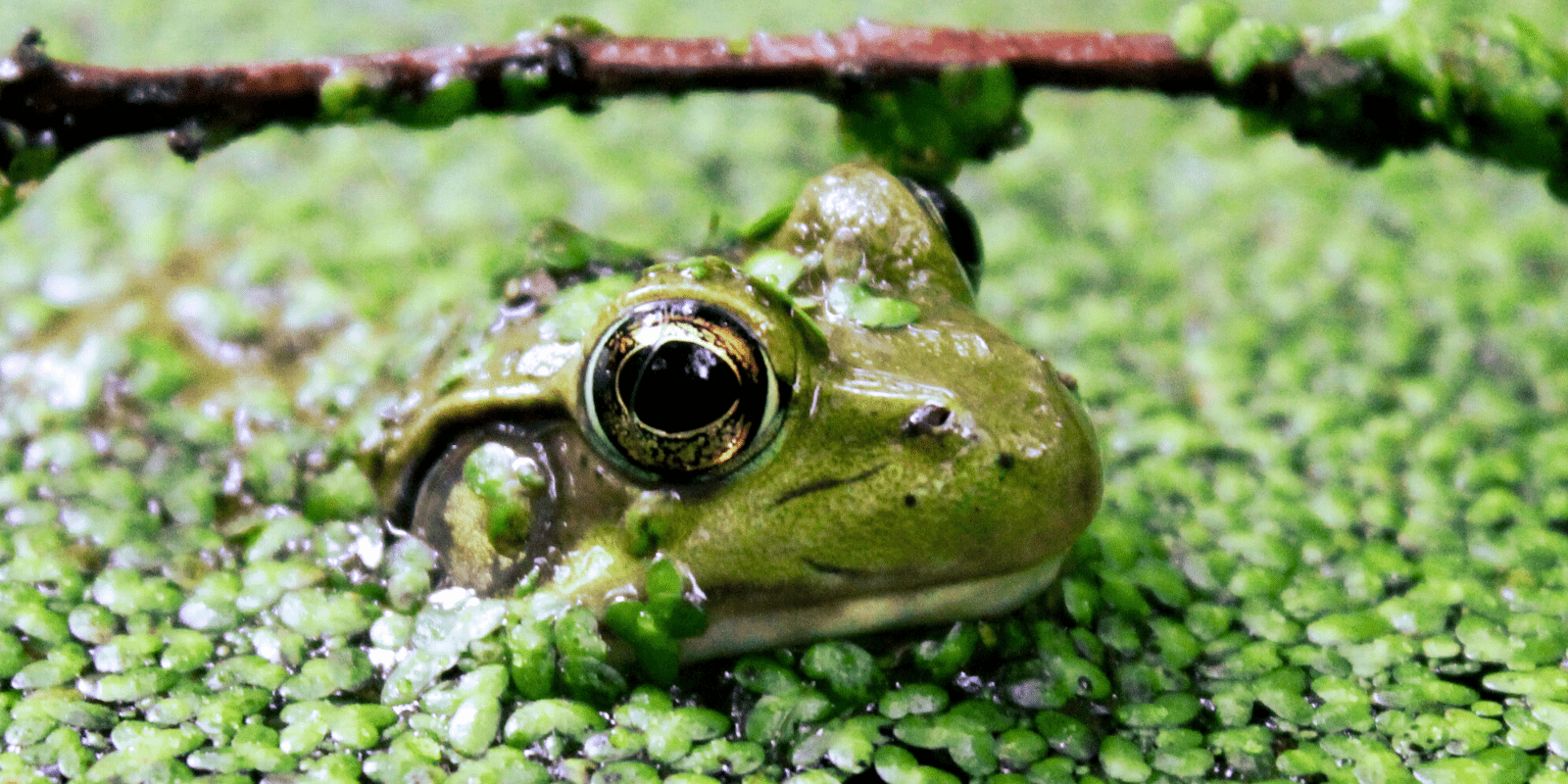We have much more to do and your continued support is needed now more than ever.
Fighting to Restore Clean Water Protections for Wildlife

Access to clean water is more important now than ever. However, in the middle of a global pandemic, the Trump administration published a regulation that removes bipartisan clean water protections from more than half our nation’s wetlands and millions of miles of streams. Without these protections, activities like building pipelines across stream habitat, paving over wetlands, or dumping pollution into our streams can move forward with very little oversight, threatening everything that depends on clean water.
This new rule would take us back to the lowest level of protections in nearly 50 years for the waters that provide our drinking water, wildlife habitat, and access to outdoor recreation opportunities.
Thanks to the leadership of Congressman DeFazio and Congresswoman Napolitano, there’s a new effort underway in Congress to protect wildlife habitat, outdoor recreation, and drinking water: the Clean Water for All Act! With the Clean Water for All Act, Representatives DeFazio and Napolitano are leading the charge to restore federal protections to America’s waters.
Take Action: Tell your member of Congress to Support the Clean Water For All Act
Four Years of Attacks on the Clean Water Act
Instead of doing more to protect communities and wildlife from unsafe drinking water, increased flooding, and toxic algae outbreaks, the Trump Administration has spent nearly four years dismantling the landmark law that protects our waters – the Clean Water Act. The collective impact of these proposed changes would recklessly weaken vital clean water safeguards and eliminate the decades of progress we’ve made to clean up our rivers and restore our wetlands.
The Clean Water for All Act would stop the administration from carrying out their harmful decision to change the definition of “waters of the United States,” and dramatically reduce the amount and types of waters that are protected from pollution and destruction by the Clean Water Act.
This rule threatens the headwaters and ephemeral, seasonal, and small streams that are the roots of our larger rivers and lakes. They contribute to the drinking water supply of millions of Americans and serve as essential habitat for spawning fish like trout and salmon. Any pollution that enters these small streams ends up downstream in our iconic waters and bays like the Chesapeake, Great Lakes, and Columbia River.
Similarly, wetlands are the kidneys and sponges of our aquatic systems that recharge groundwater, filter pollution, and protect communities from floods. Allowing more wetlands to be drained and destroyed means more pollution and flooding downstream – and less habitat for wildlife.
These wetlands and streams provide drinking water for millions of Americans, serve as critical habitat for wildlife, protect communities from floods, and sustain our $887 billion outdoor economy.
Bill Charts a Course to Restore Decades of Bipartisan Protections
In addition to stopping this harmful regulation, the Clean Water for All Act also directs the Environmental Protection Agency and Army Corps of Engineers to write a new rule that protects America’s waters. This new rule must be informed by sound science and robust public input.
Restoring these historic, bipartisan safeguards for our nation’s waters – from the smallest headwaters at the top of the watershed, to the mightiest rivers and largest lakes downstream – will ensure that our water resources are protected so generations to come can continue to fish, swim, and drink clean water.
Now, We Need Your Help: Ask Congress to Support the Clean Water for All Act
The Clean Water for All Act will help protect clean water for both wildlife and communities across the nation. Add your voice today to ask your representatives to support the Clean Water for All Act.
Take Action!






















